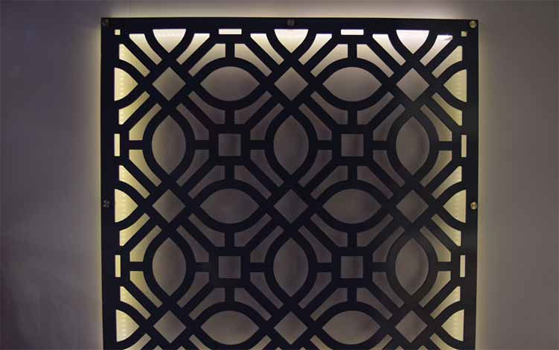Facades are the face of any building and play a crucial role in determining its aesthetics, functionality, and energy efficiency. Facades are the external building envelope that protects the building from external factors like weather, pollution, and noise, while also providing natural light and ventilation. With advancements in technology and materials, facades have become more sophisticated, and today they are more than just a mere protective layer.
At their core, facades are made up of three essential components: the structural system, the cladding system, and the building envelope. The structural system provides the support for the facade, while the cladding system is the external layer that forms the facade's skin. The building envelope is the combination of the structural and cladding systems, which ensures the building's thermal and moisture protection.
Facades come in a wide range of materials, including glass, stone, metal, and timber, and each material has its unique properties and benefits. Glass facades are known for their transparency and aesthetic appeal, while stone facades offer durability and natural beauty. Metal facades are lightweight, strong, and easy to maintain, while timber facades are eco-friendly and provide excellent insulation.
In recent years, there has been a growing focus on energy-efficient facades that reduce a building's energy consumption and carbon footprint. Energy-efficient facades use materials and systems that optimize natural light and ventilation while reducing heat gain and loss. Some examples of energy-efficient facades include double-glazed glass, thermally broken metal frames, and insulated cladding systems. Facades have an essential role to play in creating sustainable buildings that are not only energy-efficient but also visually stunning. Architects and designers are continually experimenting with new materials, designs, and technologies to push the boundaries of what facades can achieve. From dynamic facades that adapt to changing weather conditions to self-cleaning facades that require minimal maintenance, the possibilities for facades are limitless. In summary, facades are an integral part of any building's design and functionality, providing protection from external elements while contributing to a building's aesthetics, energy efficiency, and sustainability. With the advancements in technology and materials, facades have become more sophisticated, offering architects and designers endless possibilities to create beautiful, functional, and sustainable buildings.



